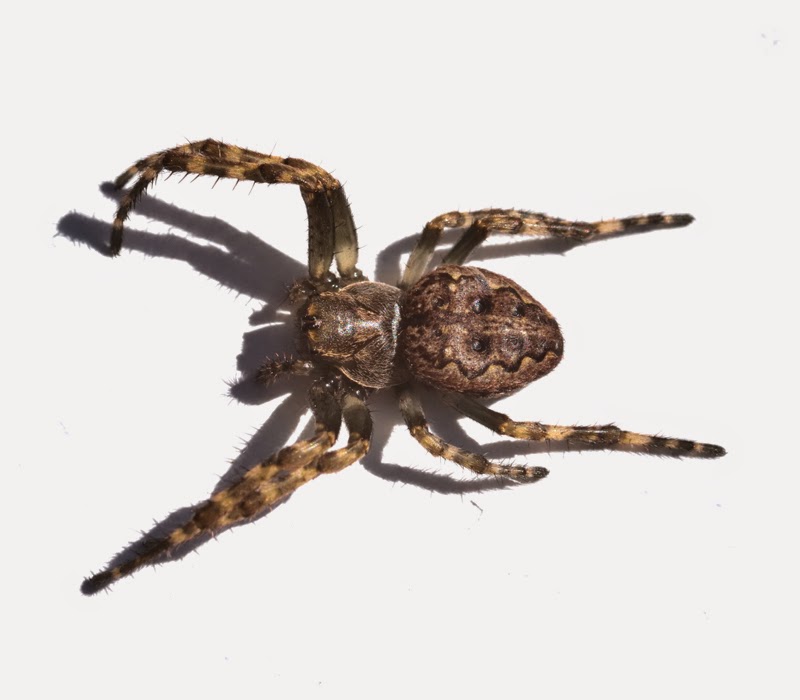 |
| Standing on its own it's hard to judge the size... |
 |
| ...but when closer to other BHGs it stands out. Just a mini version: R. Harris |

Local and worldwide wildlife adventures. Drone cameraman to TV's Nigel Marven. Dedicated Nikon user. Follow me on Twitter @chardbirder and Instagram: www.instagram.com/chardherper/. All images on this Blog are copyright of the Owner/contributors and cannot be used without written permission. All views expressed are my own. Translation to other languages available at the end of the page.

 |
| Standing on its own it's hard to judge the size... |
 |
| ...but when closer to other BHGs it stands out. Just a mini version: R. Harris |
 |
| Red-breasted Flycatcher: D. Helliar |
 |
| Red-breasted Flycatcher: D. Helliar |
 |
| Wryneck: D. Helliar |
 |
| Wryneck: D. Helliar |
 |
| Orcombe Point, Devon: D. Helliar |
 |
| Elephant Hawkmoth larva: Dave Helliar |
 |
| Scytodes thoracica or Spitting Spider: R. Harris |
 |
| Araneus quadratus: R. Harris |
 |
| Araneus quadratus, yellow form: R. Harris |
 |
| Araneus quadratus: R. Harris |
 |
| Little Crake, Black Hole Marsh: R. Harris |
 |
| Two-spot ladybird: R. Harris |
 |
| Two-spot ladybird. Black and red work so well together: R. Harris |
 |
| Seven-spot Ladybird: R. Harris |
 |
| Steatoda nobilis - loads around the garden: R. Harris |
 |
| Nuctenea umbratica: R. Harris |
 |
| Probably the last thing a frog sees... |
 |
| Grass snake, Natrix natrix helvetica: R. Harris |
 |
| Grass snake, Natrix natrix helvetica - the tongue length is always surprising! : R. Harris |
 |
| Grass snake, Natrix natrix helvetica: R. Harris |
 |
| Grass snake, Natrix natrix helvetica: R. Harris |
 |
| Grass snake, Natrix natrix helvetica: R. Harris |
 |
| Grass snake, Natrix natrix helvetica - portrait shot: R. Harris |